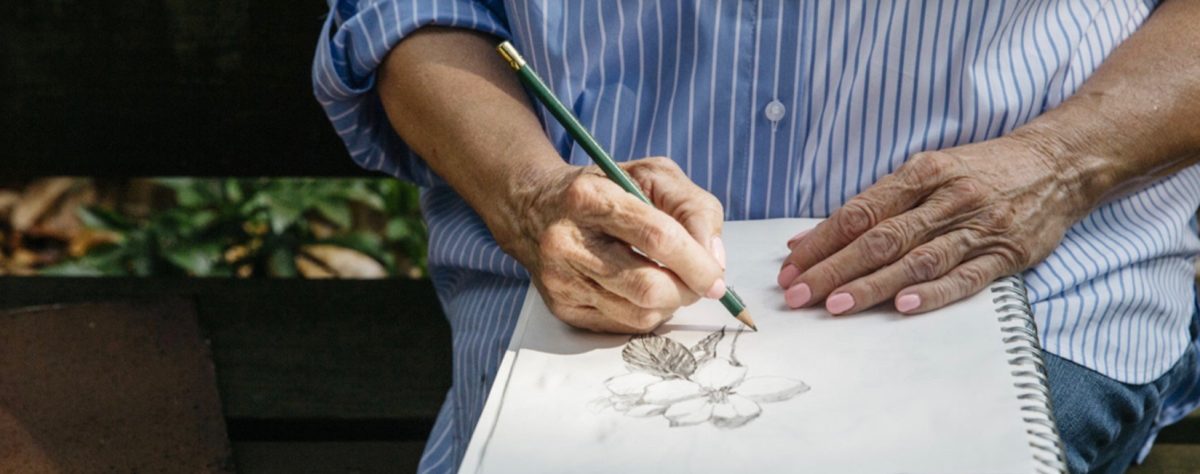“As music is the poetry of sound, so is painting the poetry of sight.” James McNeil Whistler (from skinnyartist.com)
Art inspires literature. Literature inspires art. Music inspires both art and literature, and vice versa. There is an emotional connection that is felt, one for the other on a deep level. It has been going on for as long as humans have communicated with each other.
The evidence is there. Blog.ted.com has an article by Kate Torgovnik on Ten Books Inspired By Paintings. Redbubble.com has a group devoted entirely to art inspired by literature. A Current Under Sea has a post by Angie about literature inspired art. Flavorwire.com has an article titled Great Works of Art Inspired by Great Works of Literature. The list goes on. Examples abound of the arts inspiring the arts.
Artists, writers, and musicians create from a place within that speaks to inherent creativity. It is a special language heard and recognized one in the other. Spirit recognizes kindred spirit and is inspired. It is a mystical place. Those times when blocks happen, a moment to seek the place of the kindred spirit may be in order. Check in with your writer and/or musician friends. Take time out to read a meaningful work of literature. Read poetry. Listen to a piece of personally inspiring music. Perhaps in the shared language of creation fresh inspiration will be seen or heard.
Vermeer’s painting, Girl with a Pearl Earring, inspired the book of the same name.






